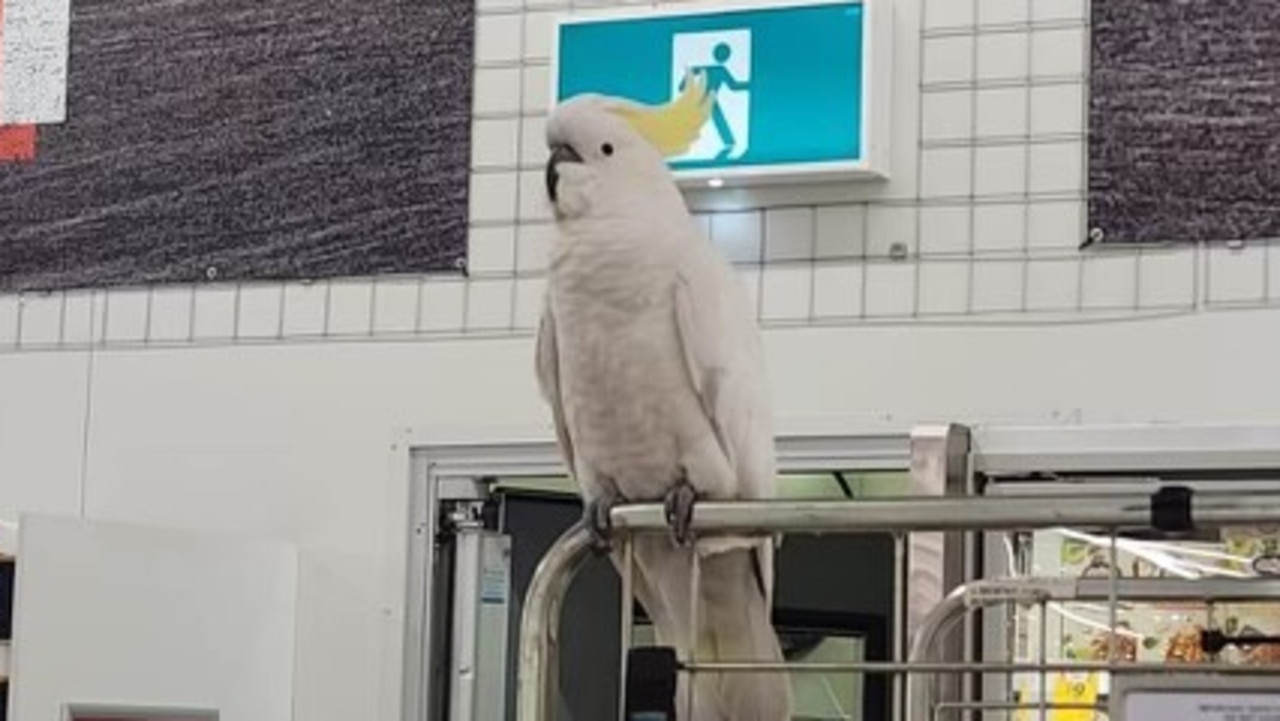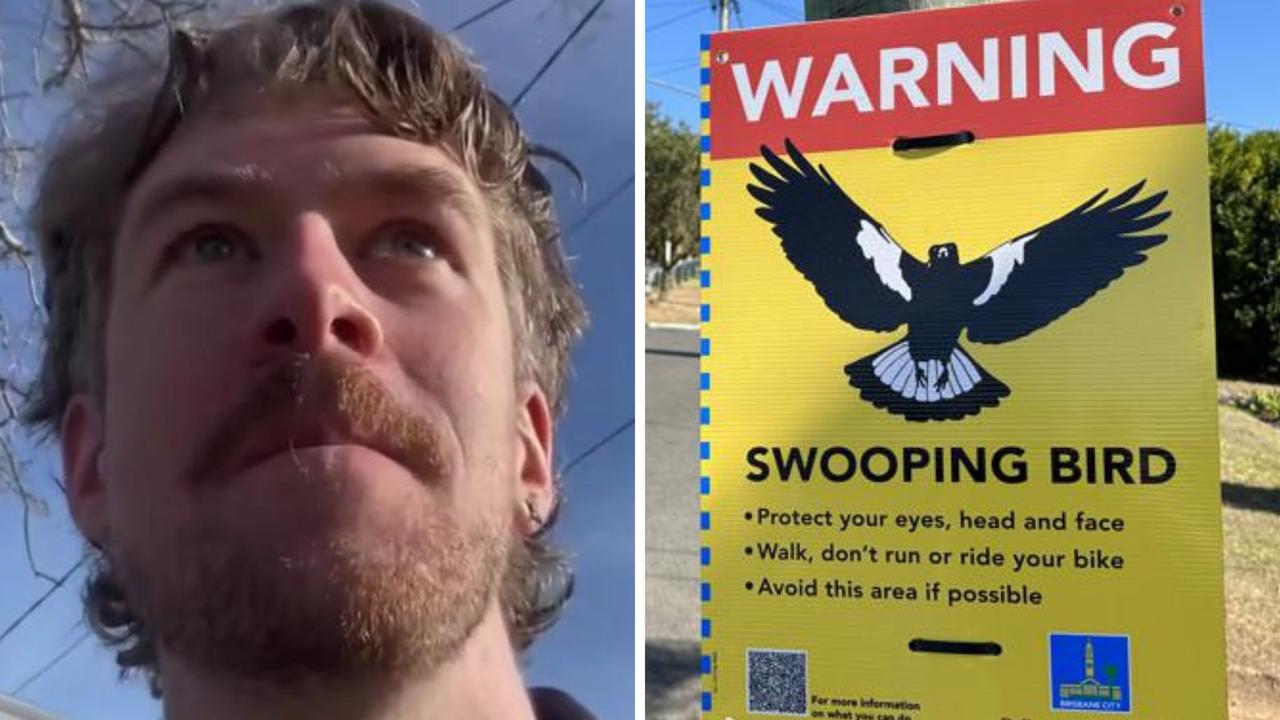Foot and mouth disease: Everything you need to know about the virus
The Australian livestock industry is staring down the barrel of taking an $80bn hit should a highly infectious disease ravage the country. Here’s what you should know about the virus.
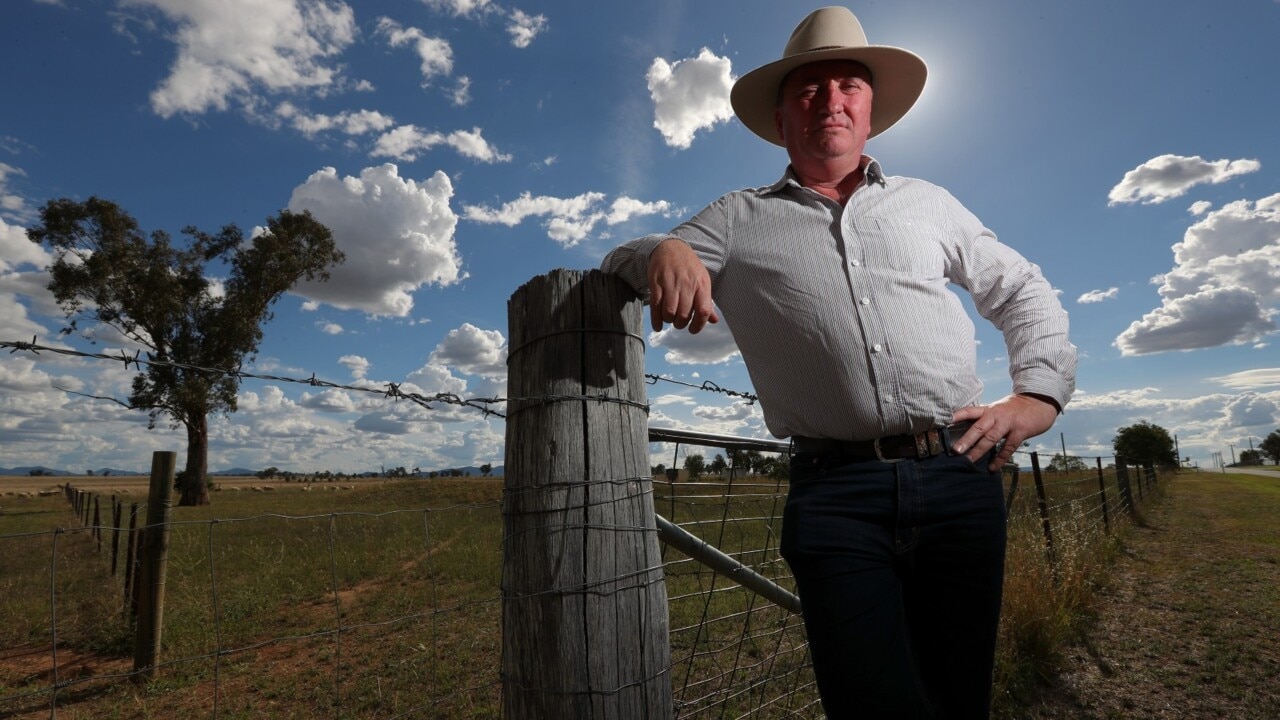
The Australian livestock industry is staring down the barrel of taking an $80bn hit should the highly infectious foot and mouth disease ravage the country.
Australian authorities are on high alert after fragments of the virus were found in pork products imported from China on a supermarket shelf in Melbourne and an undeclared beef product detected at Adelaide airport.
Extra biosecurity measures are being rolled out to prevent travellers from bringing the disease into the country.
Agriculture Minister Murray Watt has announced that sanitation mats will be put in all international airports but has urged travellers to leave their shoes in Bali.
Here’s everything travellers need to know about the visus.
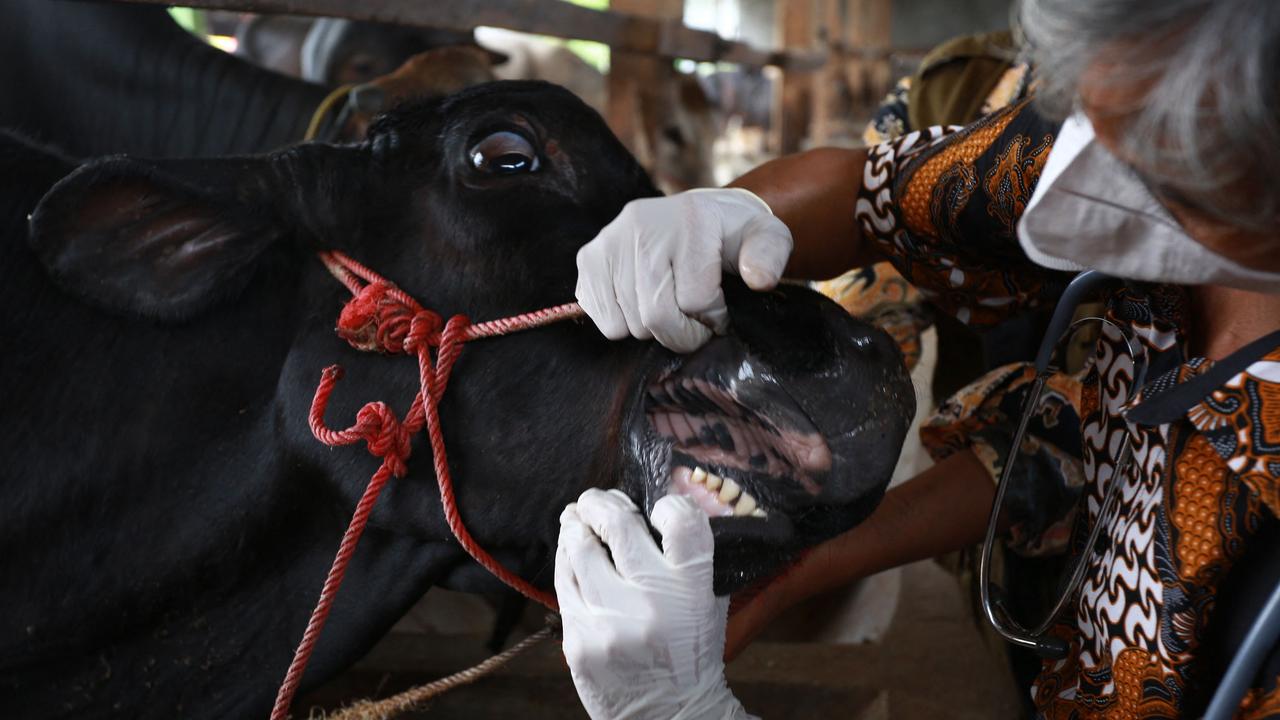
What is foot and mouth disease?
Foot and mouth disease is a highly infectious disease that affects cloven-hoofed animals like pigs, cattle, goats, sheep, deer, camels and alpacas.
Once contracted, it causes abscesses and ulcers to the mouth and foot that prevent the animal from eating and walking.
If one animal in a herd contracts the debilitating virus, all will need to be euthanised.
It does not affect humans.
Why are we so worried about it now?
Foot and mouth disease has been around for decades, but it has not been this close to Australia’s doorstep since the 1980s.
It spread to Indonesia this year for the first time since 1986 and has so far been detected in 20 provinces. The most concerning site of the outbreak is tourist mecca Bali.
Australia has pledged financial support for Indonesia to help reduce the impacts of foot and mouth disease.
On home soil, a raft of measures have been strengthened or introduced to keep the disease from entering Australia.
The biggest concern is that if just one case enters Australia, it would decimate the nation’s live export industry.
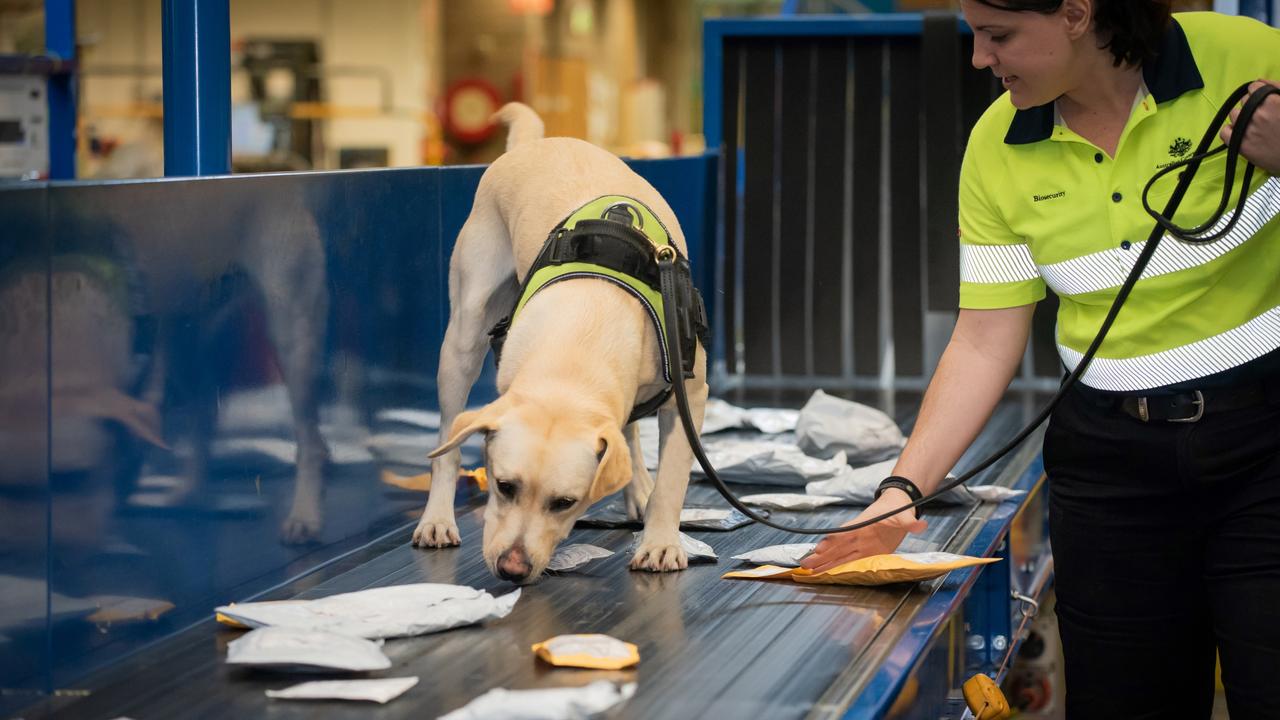
Why would it be devastating?
It’s estimated that should foot and mouth disease spread into Australia, it would wipe $80bn from the economy.
“We would pretty much have to shut down our livestock export industry overnight,” Senator Watt said.
“That’s why it would be so costly to our national economy.”
What’s being done to prevent it getting here?
Authorities are ramping up biosecurity measures in a bid to prevent the virus from entering Australia.
While Bali is the biggest concern at the moment, Senator Watt says the risk of it entering via a traveller is low.
Either way, shoe sanitation mats are being rolled out at all international airports, and all travellers returning to Australia – especially from Indonesia – need to be truthful in declaring whether have been near farms or animals.
False declarations carry a hefty penalty.
Mr Joyce said Australians returning from Bali should throw their shoes out before they returned home.
“Buy cheap shoes, drop them in the bin,” he told Channel 7.
The opposition is calling for Australia to take a step further and close the border to Indonesia.
“We have to do what it takes,” opposition home affairs spokeswoman Karen Andrews told Sky News.
“Let’s not run the risk of FMD coming into Australia.”
Authorities have ramped up their surveillance of imports.

What happens if it enters Australia?
Senator Watt said authorities had been developing a plan for a foot and mouth outbreak for many years and were working constantly to ensure the best response could be immediately rolled out.
“If in the worst case we were to see the outbreak reach Australia, there would be an immediate three-day standstill to any livestock movements to try to control where the virus was first discovered,” he said.
“But there is a comprehensive plan that’s been developed over a number of years.
“It moves to movement controls, there’s obviously compensation schemes put into place.”
Farmers aren’t the only ones who need to be concerned about what happens if the virus enters Australia, with the average household told to brace for bearing the brunt of an outbreak.
Mr Joyce said grocery bills would suffer.
“People in the city go, it’s not really that bad. No, it’s really bad for you,” Mr Joyce told Channel 7.
“No butter, no milk, no cheese, no yoghurt, no beef, no pork, no lamb, no sausages, no mince. Guess what happens to your food bill?
“It goes through the roof.”
By the numbers
Value of the industry at stake: An outbreak of FMD would cost the economy $80b a year.
Number of livestock in Australia: As of June 2020 (the most up-to-date statistics from the ABS), there were 64m sheep and lambs on farms, 21m beef cattle, and 2m pigs. There were 1.4m dairy cattle in milk and dry.
How many farmers it would affect: Tens of thousands of agribusinesses. At last count, more than 324m hectares of Australian land were used for grazing by nearly 67,000 agricultural businesses.
People arriving in Australia from Bali: Before Covid-19 threw major travel curveballs, in 2020 Australians made around 222,000 visits to Bali - the majority for short holidays. As travel rebounds, in May this year an estimated 29,000 Australians travelled to Bali.

